Your schematic
is incorrect. Check the connections again. It makes no sense to have a tank circuit directly across the power supply. It also makes no sense for the base to just be grounded.
For oscillation, there has to be positive feedback with a loop gain greater than 1 someplace at some frequency. Look particularly at the bottom connections of L1 and C1, and the base of the transistor. I'm sure your schematic isn't right in one or both of those areas.
Also look for a connection from the output side of the transformer back to the input side, particularly to the base or maybe the emitter of the transistor.
Update:
Your schematic is now:
This still doesn't make sense. I am quite sure the bases of the transistors aren't driving the primary of the transformer. The connections as you show them would make a lot more sense if these were NPN transistors with the emitters grounded (where you show the collectors), the collectors driving the primary (where you show the bases), and the bases driven by the LL winding of the transformer. That might almost make sense, but it's hard to visualize with the broken schematic.
Update 2
As I said last time, and you ignored in subsequent questions, I think you probably have something like this:
This is a classic push-pull configuration with low side drivers on each end of the primary and power applied to the center tap of the primary. The circuit arranges Q1 and Q2 to turn on alternately, which causes a net AC thru the primary.
The small feedback winding, arbitrarily between pins 4 and 5 in this example, is used to drive the bases of the transistors, and provides the feedback to make the whole thing oscillate. R1 provides the bootstrap current to get things going initially, and to supply some net bias current once things get going.
Consider everything off and the 12 V switched on. Both Q1 and Q2 start to conduct. However, there will be some inevitable imballance, so one of them will conduct a little more. Let's say Q1 is conducting a little more than Q2. That puts a net current thru the primary with the "dot" side being low voltage and the not-dot side high voltage. In the short term, the feedback winding will re-enforce this imballance. Note the orientation of the dots. The base of Q1 will be driven high relative to the base of Q2, so the feedback creates a sortof of "runaway" condition to amplify any imballance, which causes more imballance, which is amplified, etc.
However, the feedback is inherently AC coupled. Eventually the net current thru the primary reaches the maximum it can be, the current levels off, the magnetic field in the transformer therefore stops changing, and Q1 will stop being driven harder than Q2. As the magnetic field decreases, Q2 is actually driven harder than Q1. This actively drives the whole circuit to the opposite full-current point.
Some of the other parts I didn't put in this schematic help set the oscillation frequency to be a somewhat predictable value. This is most likely what the capacitor across the primary is doing, although at some cost in effeciency. Are you sure the capacitor isn't across the small feedback winding? Setting it up to be a little resonant makes some sense to get a predictable frequency, and to have that frequency be less depedent on load changes.
Due to the greater than unity positive feedback, but it being inherently limited to AC, the whole system will keep oscillating as long as sufficient power is provided. This oscillation causes large magnetic flux changes, which are picked up by the secondary (pins 19,20 in this example), to provide power to elsewhere. Since this is thru a transformer, there is considerable design range in the turns ratio from the secondary to the primary, and therefore in the output voltage relative to the input voltage. Both significantly higher and lower are possible.
